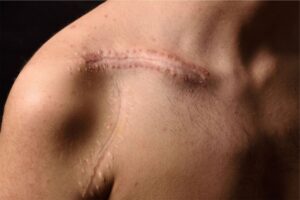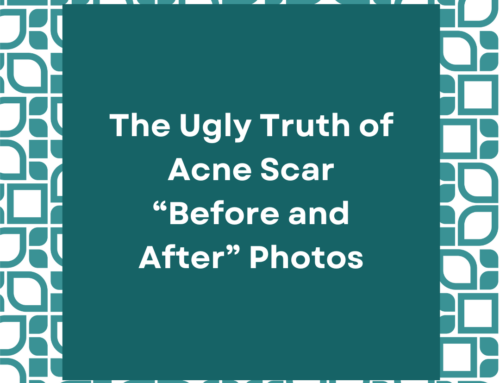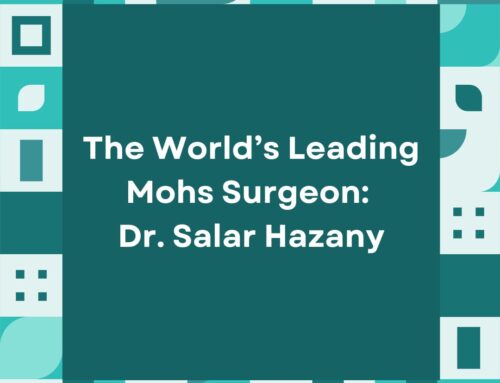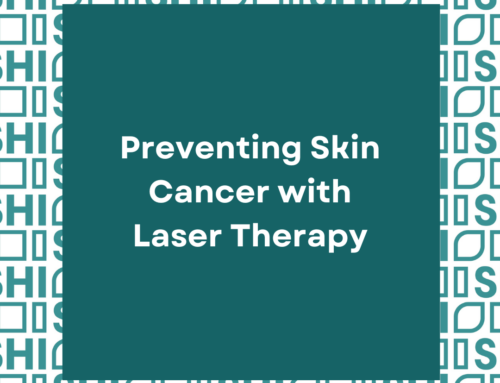Liposuction Scars & Treatments
Liposuction is a popular surgical procedure that is performed to remove fat from various areas of the body. During the procedure, a hollow rod-like probe, called a cannula, is inserted underneath the skin to suction out undesired fat. This process helps contour the body by removing excess fat around the hips, buttocks, legs, and abdomen.
While liposuction can certainly boost patients’ confidence by giving them a more desirable body shape, liposuction can also leave behind scars at the cannula entry points. While these scars tend to be small, they can still be noticeable, especially if they are hyper-pigmented, raised, and/or dipped. These can be very distressing to patients, who may not want to leave behind any signs of past surgical procedures, let alone liposuction.
What are some causes for liposuction scars?
At the Scar Healing Institute, we see between 10 to 15 cases of liposuction scarring every week. There are a variety of factors that contribute to liposuction scars, including genetics, skin type, sun exposure, and the list goes on. Scarring can never be linked to a single factor. It is almost always caused by a combination of both the patient’s natural healing response and the physician who sutured the incision sites. Regardless, taking immediate and strategic actions can prevent and/or minimize liposuction scarring.
What can I do to prevent liposuction scarring?
Scarring results from excessive inflammation in the skin. The inflammatory response is responsible for causing underproduction or overproduction of collagen, leading to atrophic (depressed) or hypertrophic (raised) scarring, respectively. Additionally, melanin production can go on overdrive, causing hyperpigmentation. It is paramount to control the inflammatory stage early on to ensure that normal collagen and melanin production takes place in the skin post surgery.
Some treatments include:
- Steroid injections: Steroids are effective for stopping the body’s local inflammatory response and preventing the formation of fibrous scar tissue.
- Silicone sheets: Creates a moist, protected microenvironment for optimal healing and anti-inflammation
Some patients ask if laser therapy is an effective treatment for preventing scarring. Usually, this is asked in the context of reducing redness. While there are many lasers that can help reduce redness, prematurely killing the blood vessels can impact healing, which can lead to even more unwanted scarring. It is best to speak to your dermatologist to see if your scar has healed enough to undergo laser redness reduction.

Scar Healing Institute SHI Scar Removal Center Los Angeles California Wound Healing
What is the best treatment for liposuction scarring?
There are a variety of treatments available for liposuction scarring. However, treatments should be chosen based on the morphology of the scars.
Hypertrophic scars
Hypertrophic, or raised, liposuction scars result from the overproduction of collagen during the wound healing process. Usually, steroid injections are effective for reducing the bumpiness of the scar early in the scar formation process. However, for more mature and dense scars, these injections may not be as effective.
Instead, chemotherapeutic agents, such as 5-fluorouracil and bleomycin, are more potent agents that can effectively break apart collagen fibers in the scar. These do come with more side effects, such as pain and ulceration, but they can be diluted with other less harsh ingredients to achieve the same results.
Laser therapy is also another effective treatment. Lasers, such as the pulsed-dye laser (PDL), KTP laser, and Nd:YAG laser are great for killing the blood vessels that “feed” the scar, helping it shrink over time. Combining these modalities with injections can promote a synergistic improvement in scar appearance.
Atrophic scars
Atrophic liposuction scars are essentially the opposite of hypertrophic scars. They are caused by the loss of collagen during scar formation, leading to depressions in the skin.
There are numerous treatments available to lift liposuction scars. For severely depressed scars, subcision is one of the best treatments available. A lot of patients ask if lasers would also be a great option. Even though some patients may see great results, it is hard for lasers to correct deep scars because it only reaches the epidermis.
At the Scar Healing Institute, we like to wait until the very end when the scar is almost level with the surrounding skin before pursuing laser-based treatments.
When it comes to subcision, fillers can be injected simultaneously to further improve results. Fillers essentially act as “spacers” that keep the scar lifted after subcision. There are a variety of different fillers, including hyaluronic acid, poly-l-lactic acid, PMMA, and autologous fat.
Every physician and patient has his or her own preference when it comes to fillers, it is important to keep it mind that fillers last for different periods of time.
Our proprietary treatments and Dermatologists at Scar Healing Institute can help you through the journey to healing your skin.
Schedule an Appointment
Scar Healing Institute
Scar Healing Institute is committed to developing the most effective treatments for scarring. Our team of scar revision specialists are continually inventing the latest technologies and formulas to deliver the best results for our patients.




